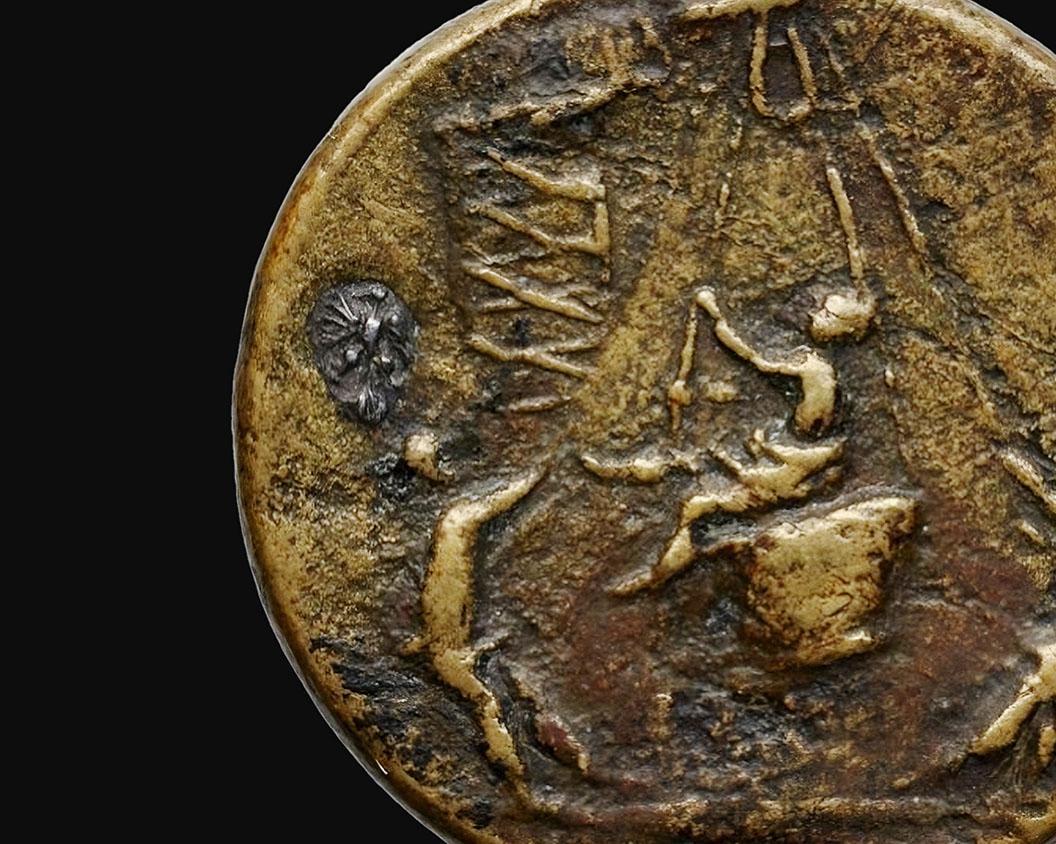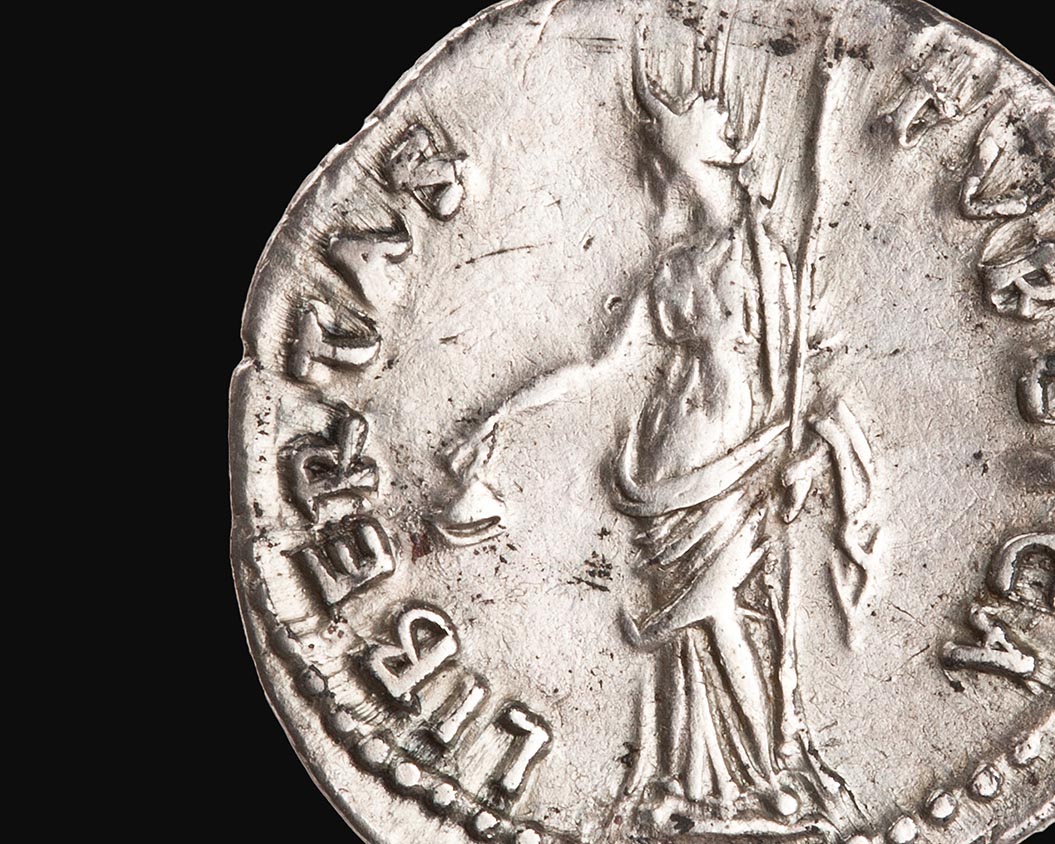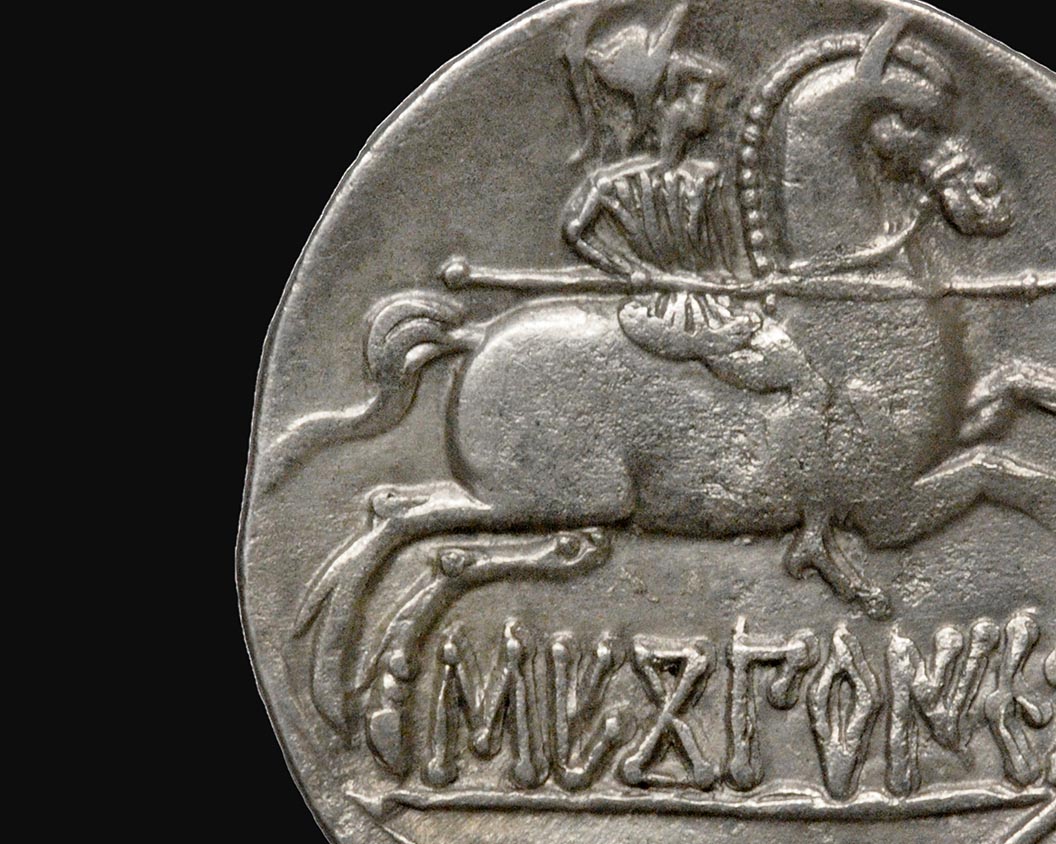The Beginnings of the Secret Service
The United States Secret Service was set up in 1865 at the end of the Civil War. Its primary task was the suppression of counterfeit money. Within a decentralized system of over 1,600 banks and many other financial institutions issuing their own currency, counterfeiters had a relatively easy task. With the Legal Tender Act in 1862, which introduced the US legal tender currency known as “greenbacks,” a first step was taken towards creating a single currency for the United States.
William P. Wood, the first chief of the US Secret Service, was an unconventional individual within a government bureaucracy. A former detective and bodyguard, he had also run the prison in Washington, DC. Although somewhat controversial, Wood’s activities led to the establishment of a powerful agency. Operatives, as secret service agents were then known, rapidly gained a reputation for dedicated and forceful work. Towards the end of the century, the Secret Service had developed an impressive system of recording counterfeit notes and criminals by pioneering the use of photography.
Skilled engravers were tempted to work for counterfeiting rings, which would then “shove the queer” (sell or distribute the counterfeit money). Passing counterfeit money was often the work of confidence trickster, not infrequently women, who would be able to give the appearance of solidity and honesty.
By 1877 currency was issued solely by the government through the Bureau of Engraving and Printing. By then a professionally run Secret Service was making counterfeiting more difficult and a Federal crime, just as the Founding Fathers had provided for in the Constitution.

William P. Wood (Courtesy of the US Secret Service)
Counterfeiting Coins
Counterfeit coins are as old as coinage itself, and posed a particular problem when coins were more commonly made of silver or gold. Of lower value than counterfeit bills, counterfeit coins were more commonly encountered in everyday transactions, and thus posed a problem to small businesses. In the 19th century the Secret Service dealt frequently with counterfeiters making coins, although arrests of such individuals attracted less public interest than the cases involving high-value currency.

1. Raiding a Counterfeiter’s Coin Den (Leslie’s Illustrated, 1879) (Courtesy of the US Secret Service)
This engraving from Leslie’s Illustrated in 1879, a weekly newspaper, depicts a raid by “operatives” of the US Secret Service. On the left, two men use a screw press, whereas a third man is putting the freshly minted coins in bags. In the background, two men appear to be preparing the metal for coining. The Secret Service agents in their characteristic bowler hats climb from above into the counterfeiter’s den.

2. Copy of photograph of a counterfeiter’s coin press from Secret Service (Courtesy of the US Secret Service)
This undated photograph from the late 19th century shows the confiscated workshop of a counterfeiter with two screw presses and a box of dies.






3-5. Two counterfeit $1 and one genuine $1, 1878 (ANS 0000.999.55656,0000.999.55657, 2003.40.3)
The two counterfeit dollars are poorly made and too thick. When first made they would have looked more silver and therefore more like the original.




6–7. Two counterfeit 50¢, 1876 (ANS 0000.999.55533, 1989.99.260)
One of the coins appears obviously made of brass, but would have been silver-coated to give a more genuine impression.






8–10. Two counterfeit 25¢, dated 1892 and 1808, and a genuine 1892 25¢ (ANS 1944.103.50, 1944.103.51, 0000.999.6295)
In 1892, new coins, designed by Charles Barber, were introduced. The counterfeit coin was clearly struck from primitive dies: the design was crude and the engraver gave it the wrong date of 1808 instead of 1898. The second coin is cast of base metal.


11. Counterfeit $5 gold coin, dated 1869, made of gold plated platinum (ANS 1944.71.1)
In the 19th century, platinum was considered of little value in comparison to gold and was often used for the production of gold counterfeit coins. In this specimen, half the gold plating has been removed.

12. US Fairbanks coin counterfeit detector scale with balance peg, salesman sample kit with wood presentation box & pricing info. McNally/Harrison design patent. February 28, 1882. Design # 12,795 (ANS 2010.4.1; gift of Anthony Terranova)
In light of the large number of counterfeit coins in circulation, coin counterfeit scales were popular. A coin would be introduced in the relevant slot. If it fit correctly and balanced (as seen here), the coin was deemed legal tender. A counterfeit coin might be of a different diameter, thickness, or weight and hence not balance correctly.
Early Secret Service Procedures
By the late 19th century, the Secret Service had established rules which helped with investigations and the judicial process. Many suspects were photographed after arrest, often by professional photographers. Exact details of the arrest, the age, and identity of each person were made. Names of special agents, dates of the trial, sentence, and jail are all recorded. Mugshots list on the back of the photo all information about a defendant.
Arrest book of the New York City Field Office from 1901-02, showing pages from March 25, 1902 (Courtesy of the US Secret Service)
This booklet illustrates the activities of the Secret Service New York Field Office over eight months. Each page records the arrest of an individual, the crime, the agents in charge, the penalty, and the jail in which the felon ended up. Sometimes cases were dismissed. Most cases of the New York City Field Office were concerned with counterfeit money.


1892 Mugshot of Jonathan Hughes and reverse (Courtesy of the US Secret Service)
The photograph shows Jonathan Hughes arrested in 1892, a previously convicted counterfeiter. Newspaper records from the period show that he, like so many other criminals, resumed his counterfeiting activities as soon as he was released from jail.

Dickerman’s United States Treasury Counterfeit Detector, August 1892 (Courtesy of the US Secret Service)
In this monthly journal, published by William Dickerman, various matters related to banking and money were reported. In this short article details about the arrest of Jonathan Hughes in New Jersey are given. In his possession were found dies for quarters, half-dollars, and dollars.

Counterfeiter’s glossary (Courtesy of the US Secret Service)
An explanation of the various terms in use in the late 19th century to describe counterfeiters, agents, and their activities. Whereas some expressions are still common today, others are more obscure. Such glossaries are often found in 19th century books about counterfeiting.

Rules and Regulations for the Guidance of Agents and Other Employees of the Secret Service Division of the US Treasury Department, 1906. Compiled and arranged from general orders and circular letters during the past twenty-five years. Approved by Leslie M. Shaw, Secretary of the Treasury, Washington, Government Printing Office, 1906 (Courtesy of the US Secret Service)
Agents of the US Secret Service operated in the late 19th century under various rules, which were assembled in this book. It illustrates how the USSS became more authoritative over the first three decades of its existence. As a result evidence gathered by the agency was admissible in US courts.
Counterfeiting Currency and Bonds
Paper money, such as bank notes or bonds, was printed by using engraved plates. Beautifully executed designs depicting historical scenes or allegorical figures were meant to safeguard against counterfeiting. However, engravers of counterfeit plates were often highly accomplished craftsmen, which made the detection of counterfeit money difficult. Bank clerks, merchants, and the general public could use books such as Heath’s Counterfeit Detector in order to compare notes against vignettes.


Counterfeit $50 national currency note, first charter period, issued by the Central National Bank of New York City, 1864 (Courtesy of the US Secret Service)
The plates from which the counterfeits on the above bank were printed were engraved by Charles H. Ulrich for Henry C. Cole of Philadelpia, PA. The pair were described in a New York Times article of 1879 as, “the most extraordinary criminals in their line of counterfeiting.” Ulrich, who came from Germany, was a master engraver, while Cole “shoved” (passed on) the various notes they produced. In the case of the counterfeit displayed above, Ulrich commenced, in December, 1876, the engraving of the plates at his house, at the corner of Sixth and Chamberland Streets, Philadelphia, PA., and finished them in March, 1877, at the house of one Jacob Ott at Oak Lane, PA., a station about six miles from Philadelphia. Here the notes were printed by Ott and were put on the market in Baltimore, MD. on May 10, 1877. On April 1, 1880, one Philip H. Hargrave was arrested in New York for dealing in counterfeit silver coin. In order to secure his release on April 2, 1880, he surrendered to the government the plates from the fifty-dollar notes. Interestingly, no genuine note of this issue appears to exist, perhaps because the bank withdrew them after the counterfeits appeared.

Heath’s Infallible Counterfeit Detector at Sight: Applicable to All Banks in the United States and Canada with Genuine Bank-note Designs by the American Bank-Note Company, New York and Boston. Banking and Counting House edition. (Courtesy of the US Secret Service)
This book, which was first written by Laban Heath in 1864, was a guide to government notes of the United States and Canada and on how to detect a counterfeit note. As such counterfeit notes were printed from engraved plates, details of engraving were essential for a detailed comparison. Bank clerks, merchants, and the general public could use books such as Heath’s Counterfeit Detector in order to compare notes against vignettes. The book enjoyed considerable popularity and was issued in many different editions and sizes over several years. Other such counterfeit detector guides existed as well.





